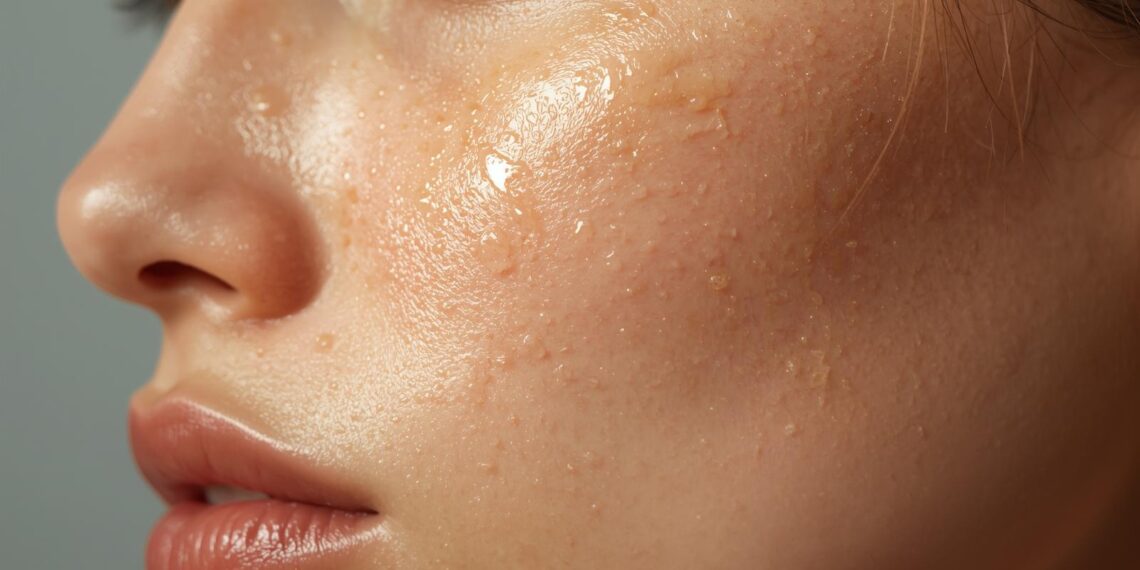In recent years, the wellness industry has seen a significant shift towards holistic skincare practices. Among the myriad of skin concerns, oily skin, or “油脂分泌” as referred to in Mandarin, remains prevalent. Understanding the causes of oily skin is crucial for developing effective skincare products and strategies that resonate with modern consumers.
Genetics play a pivotal role in determining skin type. Individuals with a family history of oily skin are more likely to experience increased “皮肤油腻.” Hormonal fluctuations, especially those occurring during puberty, menstruation, or pregnancy, can also stimulate excess oil production. Androgens, a type of hormone, are known to enlarge sebaceous glands, leading to greater oil secretion.
Modern lifestyle choices significantly impact skin health. Diets high in refined carbohydrates and sugar can trigger a spike in insulin levels, promoting oiliness. Additionally, stress, a common byproduct of today’s fast-paced life, can exacerbate oil production. Understanding these lifestyle factors is essential for wellness product developers aiming to create solutions that cater to contemporary living.
The environment plays an undeniable role in skin health. Humid climates and pollution can increase oil production by causing the sebaceous glands to overcompensate for moisture loss. Skincare products designed to combat these environmental stressors are increasingly in demand. This trend reflects the growing consumer awareness of the external factors contributing to oily skin conditions.
Many individuals unknowingly contribute to their oily skin through improper skincare routines. Over-washing or using harsh products can strip the skin of natural oils, prompting the skin to produce even more oil as a defense mechanism. For wellness coaches, advising clients on balanced skincare routines that maintain the skin’s natural barrier is key to reducing oiliness.
Understanding the causes of oily skin has significant implications for the wellness industry. As the demand for personalized skincare solutions grows, product developers and lifestyle influencers must consider these factors when designing and promoting skincare lines. The integration of scientifically-backed ingredients and sustainable practices will resonate with consumers seeking effective, eco-conscious products.
As we continue to explore the intricate dynamics of wellness and skincare, it is clear that addressing the causes of oily skin requires a multifaceted approach. By considering genetic, lifestyle, environmental, and habitual factors, industry professionals can better align their offerings with consumer needs and preferences. This insight not only aids in product development but also enriches the narrative for lifestyle publications and wellness coaching strategies, ensuring they remain relevant in an ever-evolving market.
By staying informed about these contributing factors, those involved in the wellness industry can provide more nuanced and effective solutions to the age-old challenge of oily skin. Whether you’re a product developer, magazine editor, or wellness coach, understanding these dynamics is essential to success in today’s health-conscious world.




